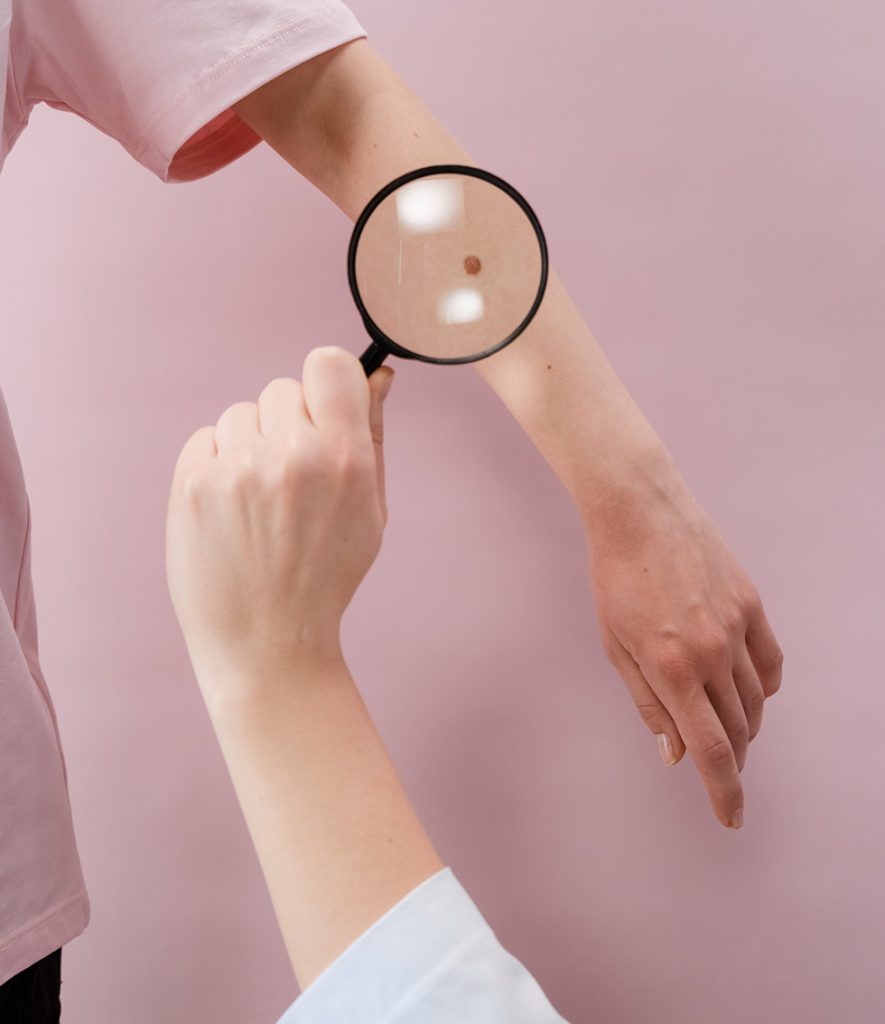Consult with a certified mohs surgery expert for precise and effective skin cancer removal.
Consult with a certified mohs surgery expert for precise and effective skin cancer removal.
Blog Article
Exploring the most up to date Advancements in Dermatology: Mohs Techniques for Efficient Skin Cancer Treatment
In the advancing landscape of dermatology, Mohs surgical treatment has actually arised as a groundbreaking approach in dealing with skin cancer cells. This technique, understood for its precision and efficiency, has reinvented the domain name, offering a sign of wish for patients with basic and squamous cell cancers. As we unbox the complexities of this procedure and its side over traditional therapies, one can not help however consider the transformative potential Mohs surgical procedure holds for the future of skin cancer cells treatment.
Comprehending the Basics of Mohs Surgical Procedure
A substantial number of individuals around the world are increasingly transforming to Mohs surgical procedure for skin cancer cells treatment. The efficacy of Mohs surgical treatment is amazing, flaunting the highest success rate amongst treatments for skin cancer, with a reported five-year cure rate of up to 99% for new cancers.
The Pioneering Duty of Mohs Surgical Treatment in Treating Skin Cancer Cells
Despite the myriad of skin cancer therapies available today, Mohs surgical procedure holds a distinct pioneering function. Created by Dr. Frederic Mohs in the 1930s, this procedure has changed the area of dermatology by using the highest possible cure rate for skin cancer clients. Mohs surgical procedure is particularly efficient in dealing with hostile and recurring cancers, making it a recommended choice for skin cancers cells located in cosmetically delicate or functionally essential locations.

The Procedure: A Step-by-Step Breakdown of Mohs Surgical Procedure
Undertaking Mohs surgery includes a careful, detailed procedure made to eradicate skin cancer cells while preserving healthy cells. Each layer is diligently checked out under a microscope to inspect for cancer cells. Unlike standard methods, Mohs surgery allows the specialist to accurately identify when the cancer cells has been completely gotten rid of, reducing the need for additional therapy.
Key Conveniences of Opting for Mohs Surgical Procedure: Efficiency and Precision

Mohs Surgical treatment vs. Traditional Skin Cancer Therapies: A Relative Evaluation
The comparative evaluation in between Mohs surgical treatment and traditional skin cancer cells therapies necessitates a thorough understanding of both techniques. The initial part of the examination will decipher the procedure of Mohs surgery, complied with by an exploration of standard therapies. The final aspect of the comparison will certainly focus on the efficiency of each approach, providing a clear contrast between Mohs and typical treatments.
Recognizing Typical Therapies
Individuals battling skin cancer cells often confront an overwelming variety of therapy choices. Topical chemotherapy entails applying a cream or gel straight onto the skin cancer. The option of therapy demands a mindful balance in between removing the cancer extensively and protecting as much healthy skin as possible.
Translating Mohs Surgery
One such improvement is Mohs surgery, a specialized informative post treatment that stands out in treating certain types of skin cancer. Unlike traditional therapies that often eliminate extra healthy and balanced skin around the growth, Mohs surgical treatment is an accurate strategy that includes getting rid of skin cancer cells layer by layer while taking a look at each layer under a microscope till no cancer cells stay. Mohs surgical treatment is not suitable for all skin cancers cells and individual conditions, hence demanding a cautious examination by skin specialists.
Efficacy Comparison: Mohs vs. Typical
While both Mohs surgical treatment and typical skin cancer therapies have their qualities, a comparative evaluation reveals distinctive differences in efficiency. The Mohs technique, entailing the removal of one skin layer at once, has actually revealed greater remedy prices for both primary and recurrent websites skin cancers cells. Standard approaches like excision, cryotherapy, or radiation therapy, although reliable, may not constantly ensure total elimination of cancer cells. A study by the American College of Mohs Surgical procedure found that Mohs surgical procedure had a 99% success rate for dealing with basal cell carcinoma, contrasted to an 89% price for typical methods. Client viability, cancer type, and area significantly influence treatment end results. For that reason, while Mohs reveals superior efficacy, it's not widely relevant.
Embracing the Future: The Expanding Fostering of Mohs Surgical Procedure in Dermatology
In recent my link times, making use of Mohs surgery in the field of dermatology has seen an outstanding surge. This expanding adoption is credited to the procedure's high cure rates, especially for basal cell cancer and squamous cell cancer, one of the most typical sorts of skin cancer cells. Mohs surgical treatment uses the advantage of preserving healthier tissue than traditional approaches, making it a recommended option for treating cancers in cosmetically sensitive locations - hair loss. As dermatologists come to be a lot more proficient and comfortable with the method, its use is anticipated to continue expanding. However, the demand for certain training and resources can posture difficulties to widespread fostering. Regardless of this, the future of dermatology seems to be welcoming Mohs surgical treatment as a key tool against skin cancer cells.
Final thought
In summary, the developments in Mohs surgical procedure techniques have reinvented skin cancer cells treatment in dermatology. The treatment's accuracy in getting rid of cancerous skin layers while saving healthy and balanced cells has verified its efficiency, leading to high remedy rates and reduced reappearance. Given its supremacy over typical approaches, the adoption of Mohs surgery is expected to expand, placing it as the future of reliable skin cancer cells therapy.
Report this page